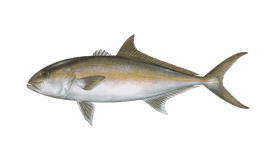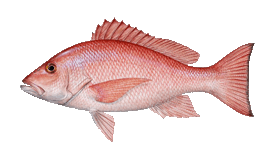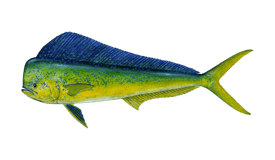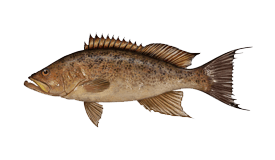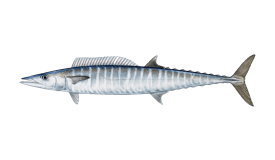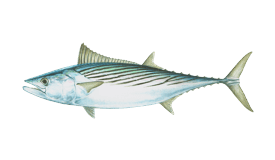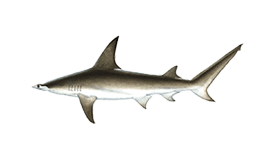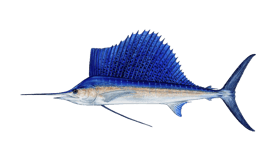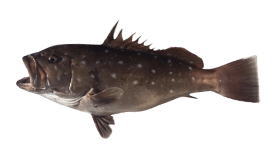If you want a fishing journey with the open sea, big pelagics, and tasty table fare, the deep sea fishing Bradenton has access to is your ticket to an angling paradise. You’ll have a lot to catch the second you set out into the Gulf. Stay inshore and your bags can be full on an average day. But if you’ve got an itch for adventure, then the deep sea fisheries ahead are a place you have to explore.
What fish to catch
The Gulf waters out of Bradenton produce epic fishing, whether it’s a chase with apex predators or a brawl with bottom-hugging fish. Offshore reefs and wrecks will store Kingfish and Spanish Mackerel. Once you hit the federal waters you can sample a variety of Snapper and Grouper.
Further out, some 20+ miles from dry land, you’ll get to fish for more pelagics and bottom fish. The opportunities now open up and you can land trophy-size Kingfish, Gag Grouper, Hogfish, and Red Snapper.
This is just the beginning though. Rich fisheries lie 60 miles offshore and have over the years produced Mahi Mahi, Wahoo, Tuna, and even Sailfish. If you sink the bait deep enough, you’ll be able to target Amberjack, Grouper, Triggerfish, Seabass, Grunts, and Porgy.
And that’s still not all. The more experienced you are, the more riches the Gulf will bring. If you want a real voyage and care to get epic fish, then head out 80+ miles, where the ocean floor drops between 150 ft and 450 ft. Here you can sample Snowy, Yellowedge, Warsaw, Red, and Gag Grouper, as well as more Mackerel, Mahi Mahi, and Blackfin Tuna.
How to get the fish
Let’s start with the basics. If you want to be efficient, you’ll most likely troll for any surface fish, such as Wahoo, Tuna, Mackerel, and Mahi. Use outriggers to spread the line enough -- you don’t want any tangling when the fish are around – and equip with the line properly. Whether it’s bait or lures, the captain you’re fishing with will know the answers and will help you out. Mackerel will go after Sardines and Mullet, Tuna will go after Mackerel. Mahi are enticed by flying fish, so you’ll want to imitate their prey and keep your bait near the surface. Once the fish are hooked, you’ll either use an electric reel to pull them over onto the boat or reel them in yourself if you want a good workout.
Depending on how deep the waters are, you’ll need to use downriggers and sinkers to drop your bait deep enough, then proceed to pull them up. Another option is to first use some chum and get the fish worked up, only to start casting or trolling after that.
Need to know
You don’t need a fishing license if you’re fishing from a for-hire charter. Local charter captains usually supply all the gear and bait you need, so you need only to dress for the trip and bring sunscreen, a hat, sunglasses, plenty of water to stay hydrated, and whatever you’d like to eat and drink. Since you’ll be traveling quite some distance, having Dramamine by your side is a good idea, especially if you’re prone to seasickness.





















